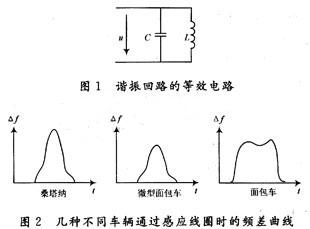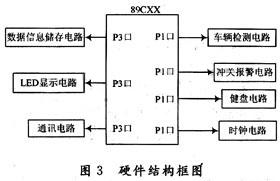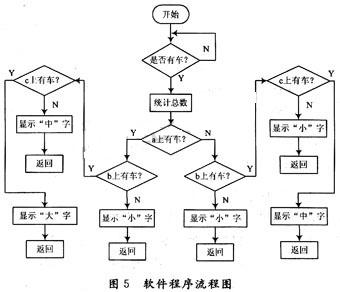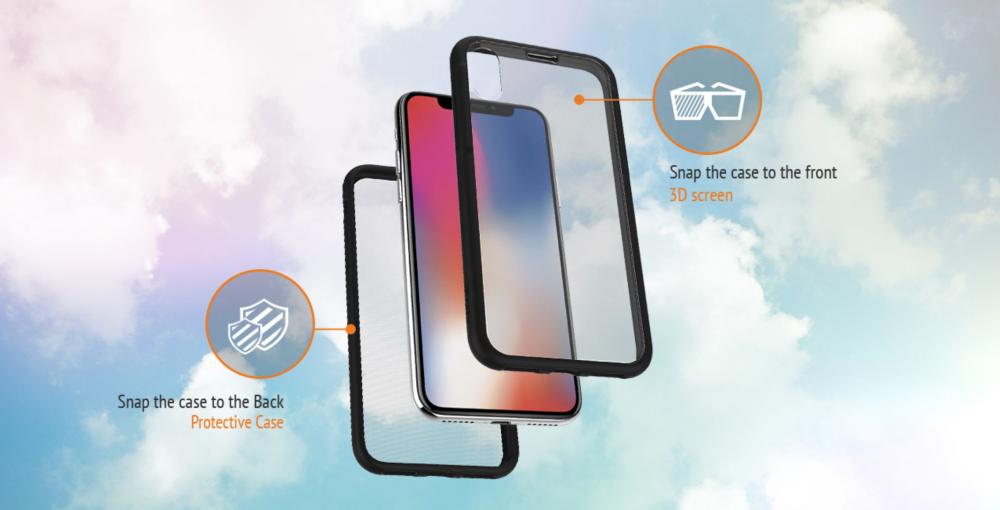Today, with the rapid development of science and technology, MCUs are also changing rapidly and rapidly. At present, he not only has a wide range of applications in industry, but also has universally penetrated into various sectors of the national economy, especially in transportation construction. In current and future transportation systems, vehicle detectors are highly valued by traffic engineering experts for their traffic control "eyes and ears". Vehicle detectors can provide vehicle sensing signals for traffic monitoring and control systems to provide relevant traffic environmental conditions. Intelligence and data. There are many types of vehicle detectors, and the detection methods are also different. Currently, the main vehicle detectors are electromagnetic vehicle detectors, geomagnetic vehicle detectors, ultrasonic vehicle detectors, and toroidal coils (active and passive). ) Vehicle detectors, etc. The main working principles of these detectors vary, but they all generate vehicle-sensing signals based on the passing or presence of the vehicle, causing changes in the energy in the detector.
This article refers to the address: http://
Comprehensive consideration, the automatic identification of the vehicle (AVI) technology itself has strong adaptability, high recognition accuracy, can be used around the clock, and easy to integrate with computer network, database and other technologies, can easily achieve networking and automatic charging, etc. Business; With the advancement of technology and economic development, after solving the problem that its initial investment is too expensive, he believes that he should be the most promising and most likely automatic classification technology for models in China.
2 Status of application of classification technology at home and abroad
The so-called model refers to the type of classification of vehicles according to the degree of damage and occupancy of the road when the vehicle is driving. The purpose of vehicle classification is to collect tolls at different rates. The degree of damage and occupation of the road to the road is large, and the charge is high; the degree of damage and occupation of the road to the road is small, and the charge is small. Therefore, there are mainly two types of classification, namely the volume and load capacity of the vehicle.
At present, there are two different technical genres for the research of vehicle classification technology: Automatic Vehicle Classification (AVC) and Automatic Vehicle Identification (AVI). The former is to actively classify the vehicle by detecting the inherent parameters of the vehicle and applying an appropriate classification and recognition algorithm under a certain vehicle classification standard; the latter is to self-report through the wireless communication between the vehicle unit and the toll facility. The classification of the models is confirmed.
For the automatic classification technology AVC, most of the models currently used at home and abroad are model-based charging methods that are indirectly classified according to the vehicle design load by detecting the inherent parameters of the vehicle itself. This is because the inherent parameters of the vehicle itself, such as: length, width, height, wheel diameter, track, number of wheels, number of axles, wheelbase, chassis height and external dimensions are all closely related to the load capacity of the vehicle. The relationship is relatively easy to collect.
3 Principles of electromagnetic vehicle detectors
An electromagnetic detector detects the passage and presence of the vehicle. The probe of the detector is made of a material with high magnetic permeability, and the coil is wound on the outer frame of the detector, placed in the protective cylinder, and buried under the road surface. The probe is connected to the detection circuit by a lead wire. The probe coil is connected in parallel with the capacitance on the detection circuit to form a resonant circuit. His equivalent circuit is shown in Figure 1. The resonant frequency is:

The principle of the electromagnetic vehicle detector is to use electromagnetic induction detection technology, that is, according to different vehicles passing through the ring-shaped induction coil buried under the road, causing different changes in the inductance to detect the arrival and departure of the vehicle, and classifying the vehicle. The key part of the system is the coil detector, which consists of an induction coil and a control section. When no vehicle passes, the frequency of the oscillator is f0. When a vehicle approaches and passes over at a certain speed, the inductance parameter of the coil changes, causing a slight change in the oscillation frequency of the oscillator, assuming f1. During the running of the vehicle, since the shape of the chassis of the vehicle is different, f1 will also change accordingly. When the vehicle leaves the toroidal coil, the frequency of the oscillator will return to f0, so that the time of passing the car is obtained. The value of the change is the frequency difference Δf = f1 - f0. Different types of vehicles have different influences on the coils due to the shape, size and height of the chassis, which means that the oscillator frequency variation Δf is also different. The frequency difference curves of different types of vehicles passing through the coils are different. In this way, the passage and presence of the vehicle can be discriminated by the difference of the △ factory, and FIG. 2 is the frequency difference curve obtained when the different vehicles pass the induction coil.

The electromagnetic detector is both pass-through and pre-existing, and can detect flow and speed. The detection range is 4 meters. This type of detector has low cost and good stability.
4 hardware structure block diagram
The hardware circuit is based on the 89CXX series single-chip microcomputer produced by Atmel Company, and a new interface chip expansion interface circuit using various functions. The interface circuit includes a vehicle detection circuit, a shutdown alarm circuit, a data information storage circuit, a vehicle count display circuit, a clock circuit, a keyboard circuit, a communication circuit, and the like. Its hardware structure block diagram is shown in Figure 3.

5 software program flow chart
According to the principle of the electromagnetic detector, three electromagnetic detectors are buried under the road surface, and the output signals of the three electromagnetic detectors are sent to the single chip for processing. When three electromagnetic detectors have signal output at the same time, it is a big car. When two electromagnetic detectors (adjacent) have a signal output at the same time, the vehicle is in the middle, and only one electromagnetic detector has a signal output. At the time, it is a small car; and whether it is a big car, a middle car or a small car, counting statistics and display are performed as long as the vehicle passes or exists.
Assume that the three electromagnetic vehicle detectors are a, b, and c, respectively, and the installation position is as shown in FIG.

The software program flow chart is shown in Figure 5.

For China, because the current unified vehicle classification standard is based on the abstract characteristics of the vehicle (the passenger car is rated by the number of seats, the truck is rated load), the current research status shows that the various models are automatically classified. The technology has failed to meet the real practical requirements (identification accuracy rate of 99.999 9%); at the same time, the automatic identification technology based on electronic label has been successfully applied in countries around the world, which provides a good reference for China's automatic charging, China Transportation Research by the Intelligent Transportation Research Center (ITSC) shows that the use of high-security prepaid cards for electronic payment services for road tolls is an inevitable development trend. Dual-interface IC cards and two-chip ETC electronic tags are used as prepaid cards for networked charging systems. medium.
3D Virtual Reality Functional Case is a phone case for Iphone6s/7/8, 6/7/8 plus, Iphone X and Galaxy S8/S8+,S9/S9+ and note.You can use 3D Virtual Reality case to watch 3D movies, 3D games on your smartphone, after using, you can take it off and put it on the back to protect your smartphone as a protective phone case!
You can download"Mplayer3D" application from APP store, this APP can provide many 3D movies, you can also watch 3D movies and vedios on Youtube, if you have our phone case, you have a 3D movie theather with you.




3D Virtual Reality Functional Case
3D Virtual Reality Functional Case,Iphone 7 3D Virtual Reality Functional Case,Iphone X 3D Virtual Reality Functional Case,Iphone 8 3D Virtual Reality Functional Case
iSID Korea Co., Ltd , https://www.isidsnap3d.com